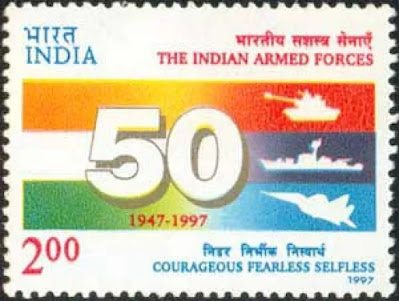International Civil Aviation Day is observed annually on December 7. This day is designated by the United Nations to raise awareness of the importance of international civil aviation and the role it plays in the social and economic development of countries around the world. The day also commemorates the anniversary of the signing of the Convention on International Civil Aviation, also known as the Chicago Convention, on December 7, 1944.
The Chicago Convention established the International Civil Aviation Organization (ICAO), a specialized agency of the United Nations responsible for coordinating and regulating international air travel. ICAO works with its member states and various stakeholders to develop and maintain international standards and practices for aviation safety, security, efficiency, and environmental protection.
International Civil Aviation Day provides an opportunity to highlight the achievements and contributions of civil aviation to global connectivity, trade, tourism, and cultural exchange. It also serves as a reminder of the ongoing efforts to address challenges and promote sustainable and safe international air travel. Each year, ICAO and its member states organize events, conferences, and activities to mark this observance and engage the public, aviation professionals, and policymakers in discussions related to civil aviation.





